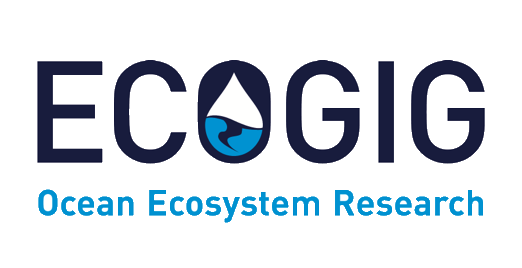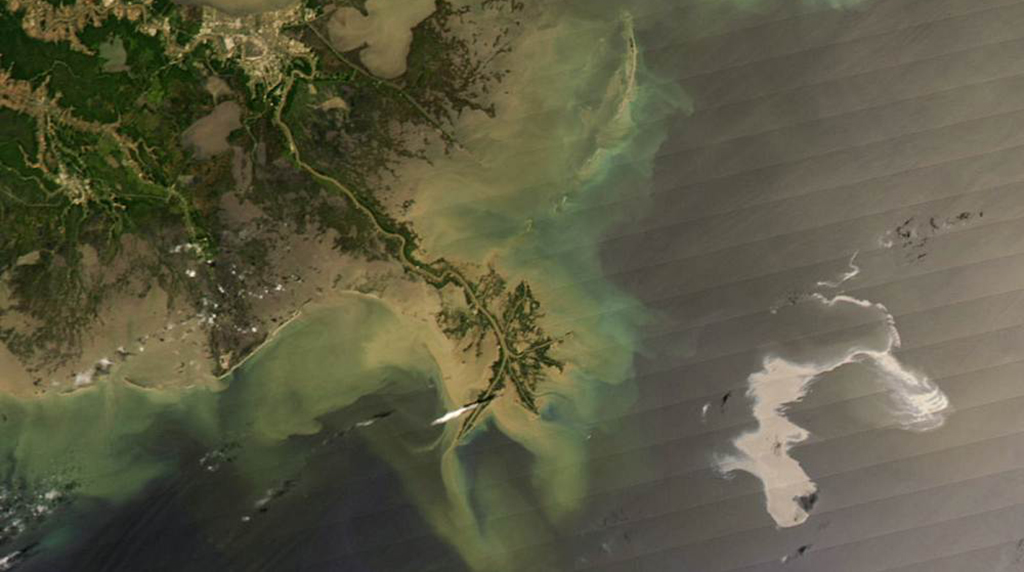November 29, 2016
The Gulf of Mexico is a diverse and dynamic ocean basin that is bounded by the US Gulf coast states, Mexico, and Cuba. The basin is connected to the Atlantic Ocean through the Yucatan Channel and the Florida Straights. The Mississippi River, one of the largest in the world, drains into the Northern Gulf. The basin closed some 80 million years old and holds vast reserves of oil and gas deep beneath the seabed. Thousands of natural oil and gas seeps exist across the Gulf system but few of these have been studied in depth and the impacts of natural oil and gas release on ecosystem structure and function are not well known. Like many ocean regions, the Gulf of Mexico basin is highly stressed by overfishing, pollution, industrialization, and by climate change. Oil and gas production is extensive in the system, from shallow to ultra-deepwater locations. Anthropogenic hydrocarbon inputs to the system, such as that resulting from the 2010 Deepwater Horizon oil well blowout, impart both acute and chronic impacts on the system from top to bottom and from the seashore out into open, deep waters. This Special Feature highlights research efforts aimed at understanding the contrasting impacts of natural and anthropogenic inputs of hydrocarbon impacts to the Gulf and how the Gulf system responds to such impacts in the face of other additive stressors.
This special feature issue is currently open for general submissions online.


















 back to top
back to top